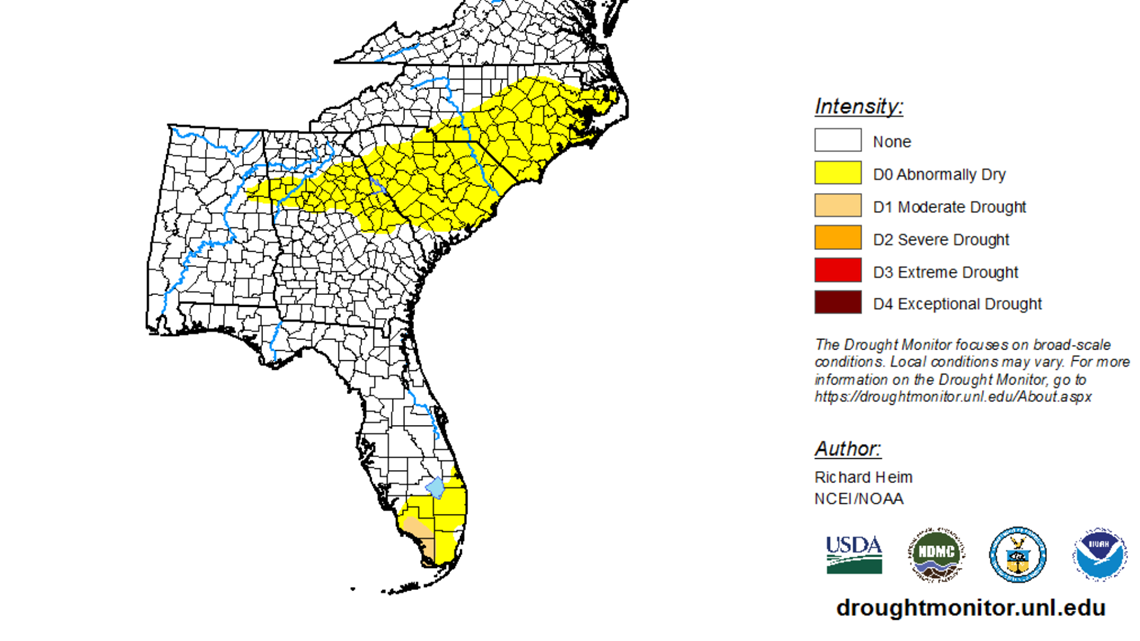CHARLOTTE, N.C. — Dry, windy conditions are leading to an increased fire danger in the Carolinas.
Red Flag Warning:
A Red Flag Warning was issued Friday for parts of the Carolinas.
“[A Red Flag Warning] means is that if fires that get out of control they can easily spread," said Cabe Speary with the North Carolina Forest Service.
Typically here in the Carolinas, a red flag warning is issued if:
- Sustained winds are at 20 mph or gusts are up to 30 mph
- Relative humidity drops to 25% or below
- A significant wind shift during the afternoon and evening
Most of the greater Charlotte area is under an increased fire threat.
The map below, generated Friday, outlined the threat.
Counties highlighted yellow across the western North Carolina mountains and foothills are considered "high" while counties in the Piedmont, including Mecklenburg, are "very high." Counties in the red, including Anson and Richmond counties, share an "extreme" level with the rest of Eastern North Carolina.


Low humidity is the best indicator for fire danger… and our lowest values usually happen here from Mid February to Mid May. That is our technical peak for fire season but here in the Carolinas it truly happens year-round.
Luckily that relative humidity is on the rise come Sunday into next week which will put a cap on the fire danger for a few days.
The fire risk also increases as the rainfall amounts decrease.


Charlotte Drought Status:
In the big picture this year thus far, Charlotte has observed above-average precipitation - but in the short term, including in the past 30-to-60 days, those amounts have dried up.
For the second week in a row, parts of the Carolinas are under an "abnormally dry" drought tag. This is the lowest level.


About 51% of North Carolina and 81% of South Carolina are at level D0.
The last big rain observed in Charlotte last Saturday, April 24 when over an inch of rain was observed at Charlotte Douglas International Airport. However, the entire 26 day period before that saw a combined 0.89 inches.
The Greater Charlotte area averages about three inches of rain in May. To catch up with missed rainfall, five to six inches of rain in May would be needed. Such amounts would satisfy the May average plus some - - helping to make up the deficit.
For better or worse, the chances of seeing precipitation this weekend are low.

